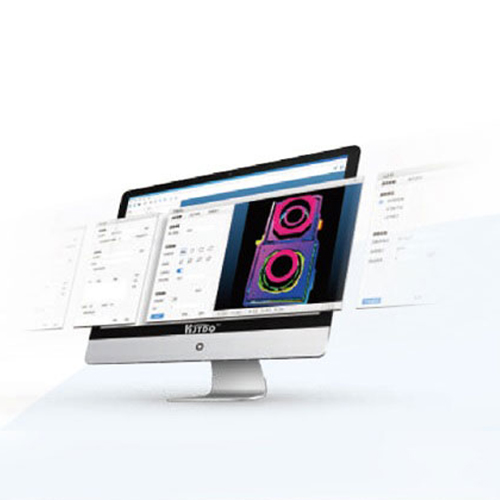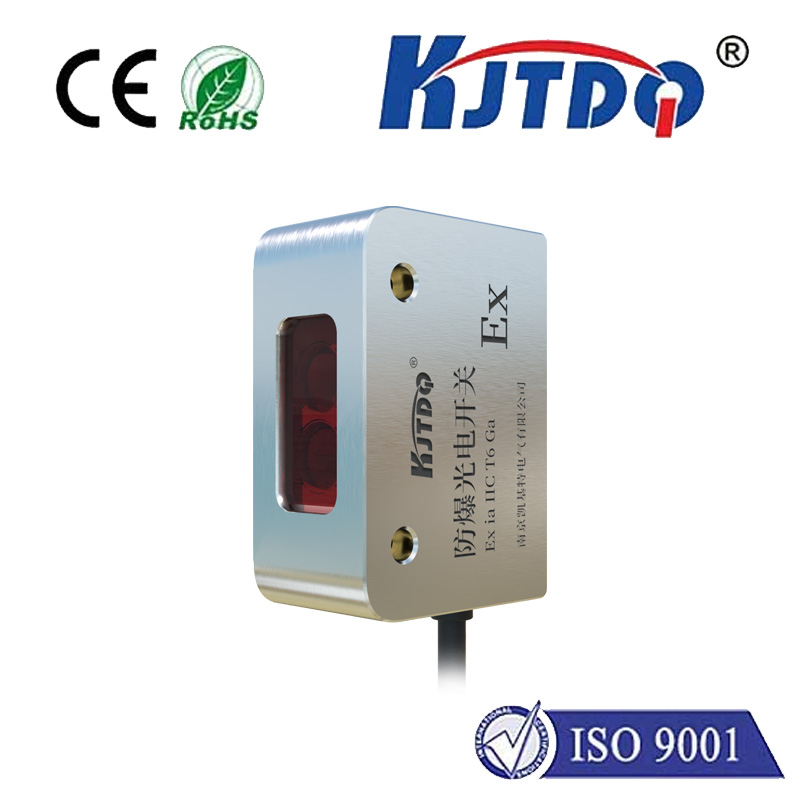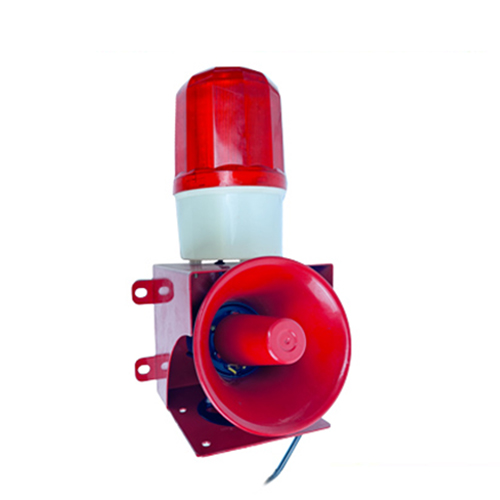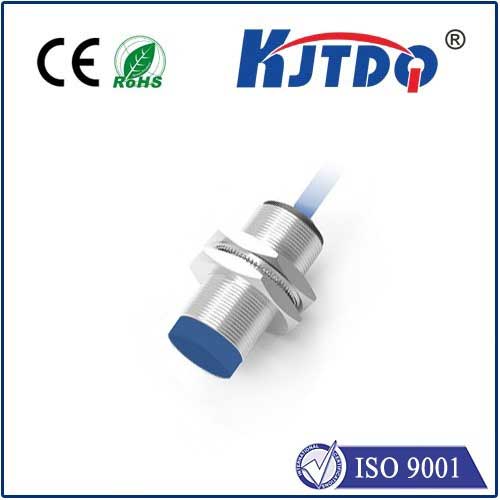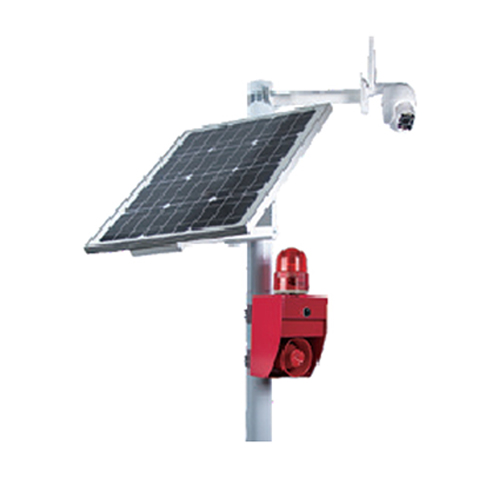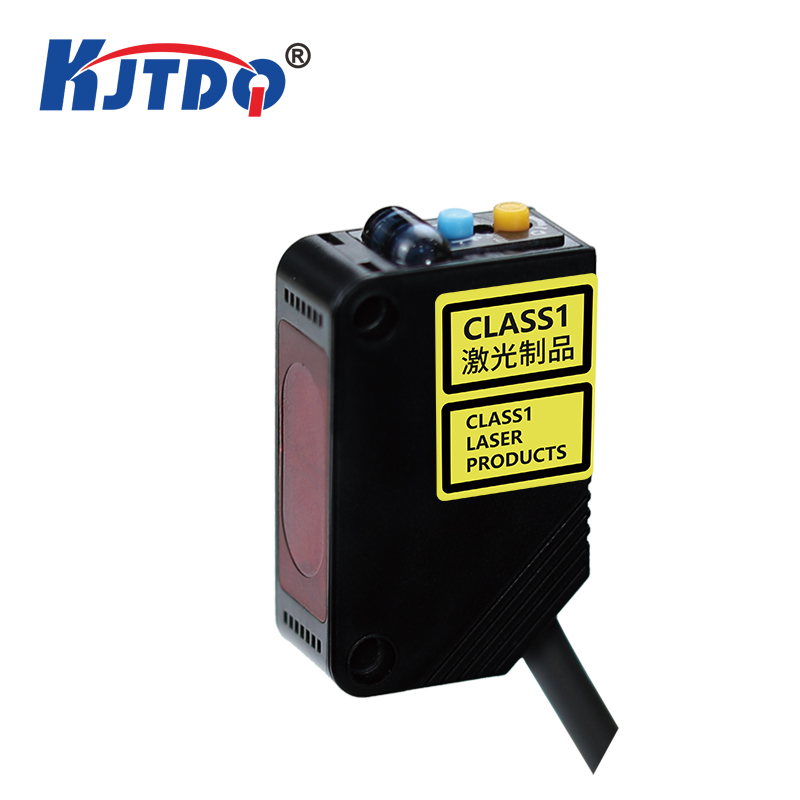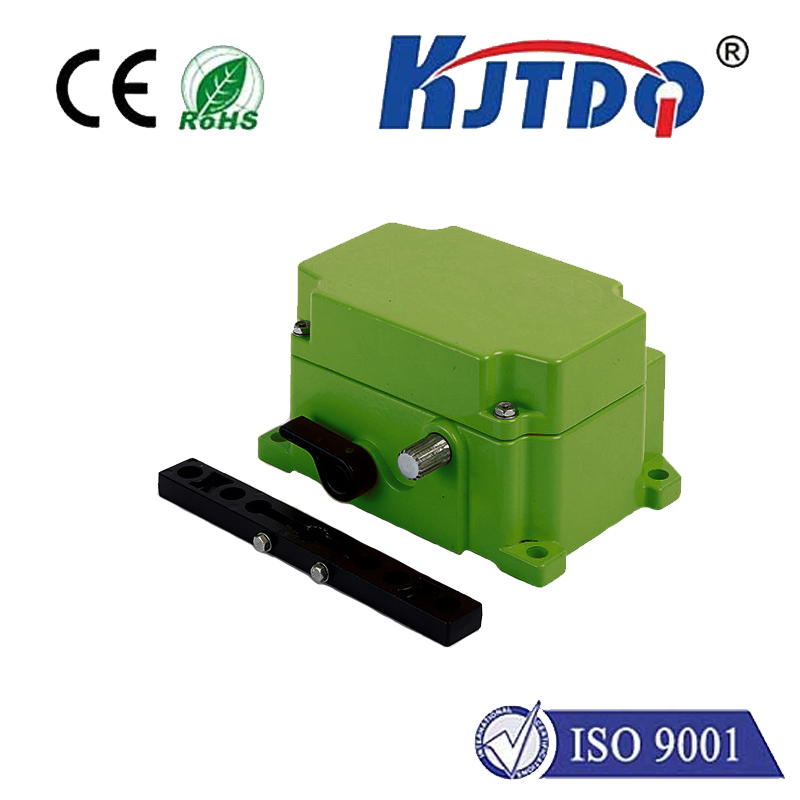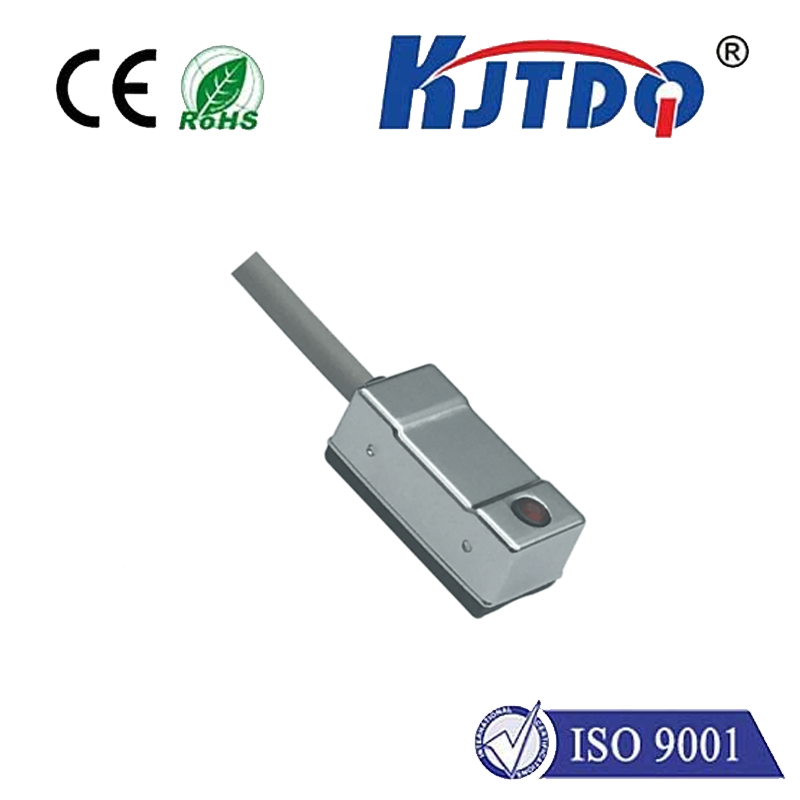vl53l0x with arduino
- time:2025-03-28 00:56:56
- Нажмите:0
VL53L0X and Arduino: A Practical Guide to Laser Distance Measurement Projects
In the rapidly evolving world of IoT and smart devices, precision sensing technologies like the VL53L0X laser-ranging sensor are revolutionizing how we measure distance, detect objects, and automate systems. Paired with the versatility of Arduino, this compact sensor opens doors to innovative projects—from robotics to home automation. But how do you harness its potential without getting lost in technical complexities? This guide breaks down everything you need to know about integrating the VL53L0X with Arduino, offering actionable steps, code examples, and real-world applications.
Understanding the VL53L0X Sensor and Arduino Compatibility
The VL53L0X by STMicroelectronics is a time-of-flight (ToF) laser-ranging sensor that measures distances up to 2 meters with millimeter-level accuracy. Unlike infrared or ultrasonic sensors, it uses a laser beam to calculate the time taken for light to reflect off an object, ensuring high precision even in varying lighting conditions.
Arduino, with its user-friendly ecosystem, is the perfect platform to prototype VL53L0X-based projects. Whether you’re using an Arduino Uno, Nano, or Mega, the sensor’s I2C communication protocol simplifies connectivity. Let’s dive into the essentials of getting started.

Hardware Setup: Connecting VL53L0X to Arduino
Before writing code, ensure your hardware is properly configured:
- Components Needed:
- Arduino board (Uno recommended for beginners)
- VL53L0X sensor module
- Breadboard and jumper wires
- 2.8V to 5V power source (Arduino’s 3.3V pin works for VL53L0X)
- Wiring Instructions:
- Connect the sensor’s VCC pin to Arduino’s 3.3V.
- Link GND to Arduino’s ground.
- Wire SDA (serial data) to Arduino’s A4 (Uno) or designated SDA pin.
- Connect SCL (serial clock) to Arduino’s A5 (Uno) or SCL pin.
Pro Tip: Avoid voltage mismatches—the VL53L0X is sensitive to higher voltages!
Software Configuration: Libraries and Code
To communicate with the sensor, install the Adafruit_VL53L0X library via Arduino IDE:
- Open Sketch > Include Library > Manage Libraries.
- Search for “Adafruit VL53L0X” and install the latest version.
Sample Code for Basic Distance Measurement:
# Включая
Adafruit_VL53L0X lox = Adafruit_VL53L0X();
void setup() {
Serial.begin(9600);
if (!lox.begin()) {
Serial.println("Sensor not found");
while(1);
}
}
void loop() {
VL53L0X_RangingMeasurementData_t measure;
lox.rangingTest(&measure, false);
if (measure.RangeStatus != 4) {
Serial.print("Distance (mm): ");
Serial.println(measure.RangeMilliMeter);
}
delay(100);
}
This code initializes the sensor and prints distance measurements to the serial monitor. For advanced use cases, explore interrupt-driven modes or multiple sensor configurations.
Key Applications of VL53L0X with Arduino
- Robotic Navigation:
Use the sensor to help robots avoid obstacles or map environments. Its fast response time (
- Gesture Control Systems:
Pair the VL53L0X with an Arduino to detect hand movements for interactive displays or smart home controls.
- Промышленная автоматизация:
Monitor object positioning on assembly lines or measure liquid levels in tanks with sub-millimeter accuracy.
- Drones and UAVs:
Enhance altitude stabilization by integrating the sensor for low-altitude precision hovering.
Optimizing Performance: Tips and Troubleshooting
- Calibration Matters: Perform ambient temperature calibration to reduce measurement drift.
- Avoid Reflective Surfaces: Glass or mirrors can distort readings due to uneven light reflection.
- Power Management: Use a dedicated 3.3V regulator if your project involves long-term operation.
Common Issues Solved:
- I2C Address Conflicts: Use the
setAddress() method if connecting multiple VL53L0X sensors.
- Inconsistent Readings: Ensure the target object is within the sensor’s 25° field of view.
Why VL53L0X Outshines Traditional Sensors
Compared to ultrasonic sensors (HC-SR04) or IR alternatives (Sharp GP2Y0A21YK), the VL53L0X offers:
- Higher accuracy (±3 mm vs. ±10 mm for ultrasonic).
- Immunity to ambient light interference.
- Compact size (4.4 x 2.4 x 1.0 mm), ideal for space-constrained projects.
Expanding Your Project: Next Steps
Once you’ve mastered basic integration, explore these upgrades:
- Combine VL53L0X with Arduino IoT Cloud for remote monitoring.
- Build a security system that triggers alarms when objects breach a defined distance threshold.
- Create a 3D scanning rig using multiple sensors for volumetric measurements.
By blending the VL53L0X’s precision with Arduino’s flexibility, your projects can achieve professional-grade results—without the complexity. Start experimenting today, and unlock the full potential of laser-based sensing!


